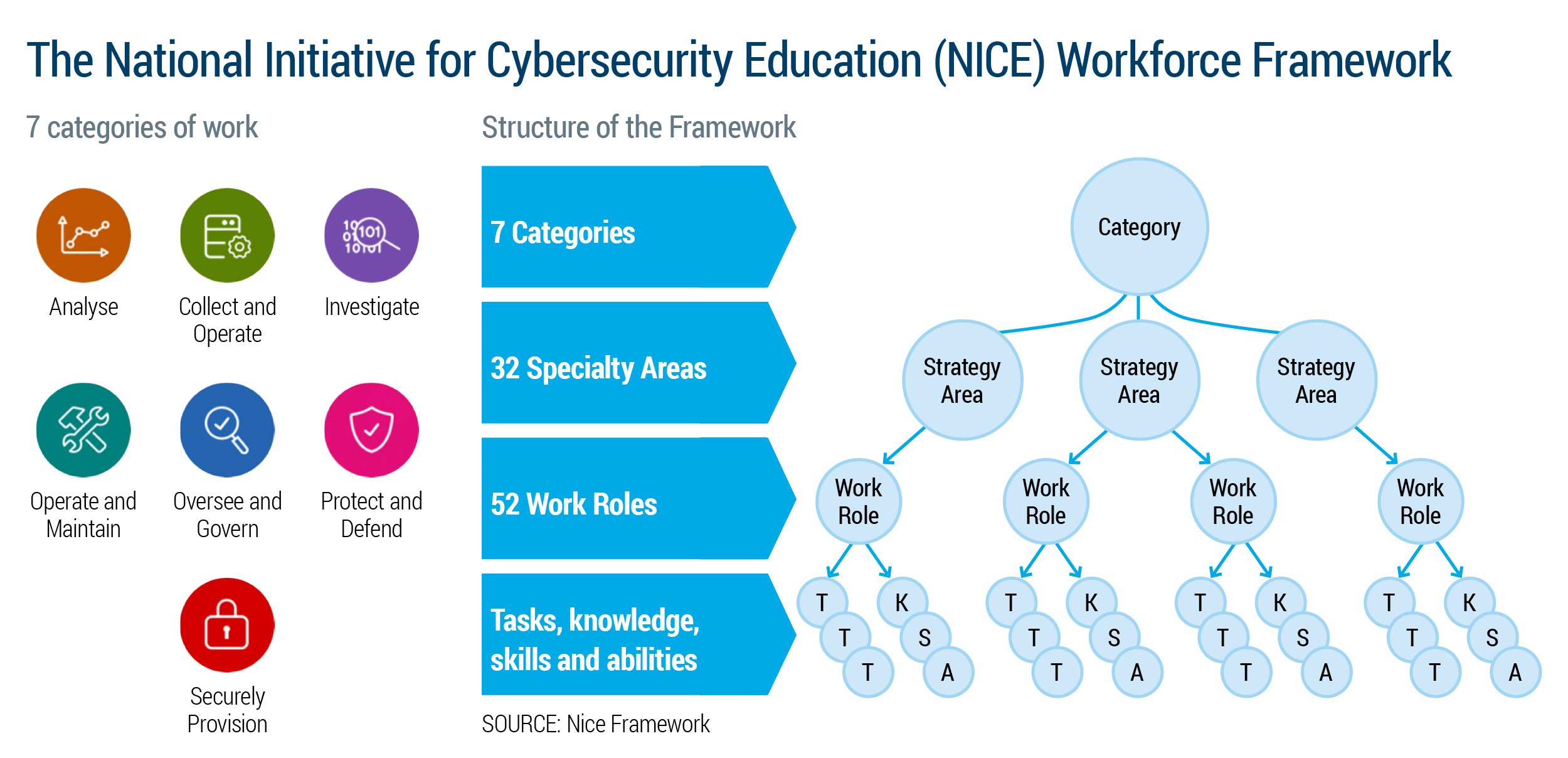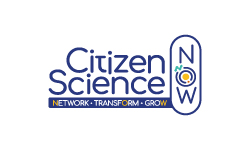Structuring the Organisation of Citizen Science through the NICE Framework
October 2022
 The NICE (National Initiative for Cybersecurity Education) is a reference framework that individuals can use in Citizen Science to structure the organization in projects. Specifically, it structures competencies that citizens need to participate successfully in citizen science (co-researchers). This framework was created in the context of lifelong learning, as the organization that developed it recognizes that there are many people within the cyber security field, specifically our learners. It is also designed to support learners in cyber security with education, being trained to perform tasks related to the area. In a way, the role of ‘learners’ is similar to the citizens in Citizen Science.
The NICE (National Initiative for Cybersecurity Education) is a reference framework that individuals can use in Citizen Science to structure the organization in projects. Specifically, it structures competencies that citizens need to participate successfully in citizen science (co-researchers). This framework was created in the context of lifelong learning, as the organization that developed it recognizes that there are many people within the cyber security field, specifically our learners. It is also designed to support learners in cyber security with education, being trained to perform tasks related to the area. In a way, the role of ‘learners’ is similar to the citizens in Citizen Science.
In their pursuit of conducting science or supporting scientists in their research, citizens need to be trained and supported. In cyber security, the NICE framework helps organisations structure employee tasks and allows individuals to advance in their learning activities. Therefore, the NICE framework might be of interest to citizen scientists as well.
The NICE framework’s main building blocks consist of tasks, knowledge, and skills (TKS), where studies describe the specific work, and skills and expertise describe the learner. The purpose of these building blocks is to make statements relating to the learner’s position. So, there are task statements, knowledge statements, and skill statements. In the case of Citizen Science, the tasks that a citizen can perform within a given project varies depending on the context. Generally, the task statement can be made within a project. For example: “measure X for data collection”. To complete this task, citizens need to understand the knowledge statement. It could be, for example: “knowledge of measurement devices”. Similarly, skilled information in this example would be: “skill in using device Y to measure X”. This is a very concise demonstration of how people can use the NICE framework in Citizen Science. It offers a method for scientists, HEI professionals, and citizens involved in science to structure the organization of Citizen Science work.

